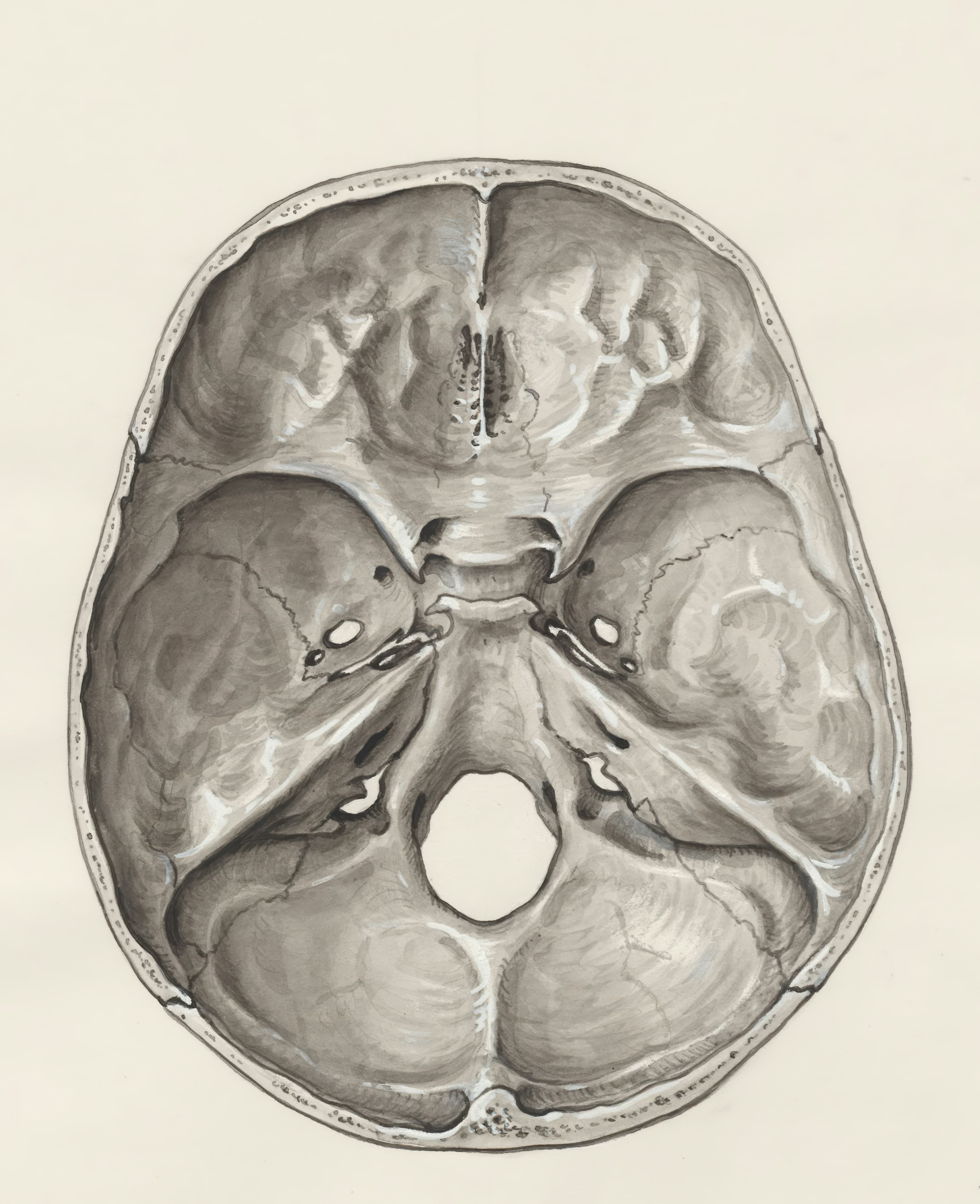Exploring the Purpose of Urinalysis
Urinalysis serves multiple purposes in healthcare. It helps in:
- Assessing overall health: Urinalysis can provide a snapshot of our health by evaluating hydration levels, kidney function, and detecting potential diseases.
- Diagnosing urinary tract infections (UTIs): Urine analysis identifies the presence of bacteria or abnormal cells indicative of UTIs.
- Monitoring treatment progress: Through periodic urinalysis, healthcare providers can evaluate how well a particular treatment is working and adjust it if necessary.
Understanding the Procedure of Urinalysis
The process of urine analysis involves several steps:
- Collection: The patient provides a midstream urine sample in a clean container.
- Visual Examination: The urine sample is visually inspected for color, transparency, and odor.
- Chemical Analysis: Test strips or reagents are used to identify the presence of substances such as glucose, protein, blood, or bacteria.
- Microscopic Examination: A portion of the urine sample is examined under a microscope to detect cells, crystals, or other microscopic elements.





